Bat Flower
- March 15, 2024
- 0 comment
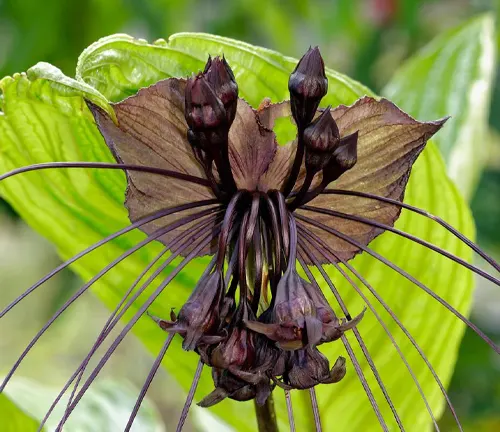
The bat flower, also called Tacca chantrieri, is a very interesting and unusual plant. It comes from places like Thailand, Malaysia, and southern China in Southeast Asia. This plant is special because it looks like a bat in flight! Its dark purple or black flowers have long “whiskers” that resemble a bat’s wings. People often find this plant fascinating because of its striking appearance.
If you want to see a bat flower up close, you can visit tropical areas in Southeast Asia where it grows naturally. These regions have the right climate for the bat flower to thrive. Keep an eye out for this unique plant in botanical gardens or specialized nurseries that may have them on display. Remember, the bat flower is not just a plant; it’s a piece of nature’s art that showcases the beauty and diversity of our world’s flora.
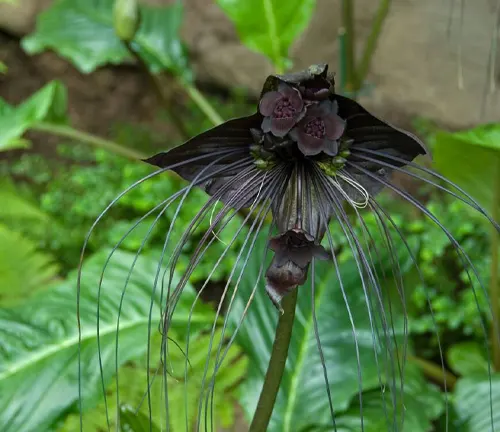
| Characteristics | Description |
| Scientific Name | Tacca chantrieri |
| Common Names | Bat Flower, Devil’s Whiskers, Cat’s Whiskers |
| Family | Dioscoreaceae |
| Native Region | Southeast Asia |
| Plant Type | Perennial herb |
| Size | Can grow up to 36 inches in height |
| Leaves | Large, glossy, and heart-shaped |
| Flowers | The flower resembles a bat in flight, with black or dark purple flowers, bracteoles that mimic wings, and long, hanging filaments that look like whiskers. Flowers can reach up to 12 inches (30 cm) in width. |
| Propagation | Primarily through division or seeds |
| Drought Tolerance | Low; requires consistently moist soil |
| Cultural Uses | Often used in traditional medicine in its native regions |
| Ecological Role | Attracts pollinators like flies and perhaps some species of bats |
| Notable Species | Besides Tacca chantrieri, other species like Tacca integrifolia also attract attention |
| Hardiness Zones | 10-12 |
| Growth Rate | Moderate |
| Lifespan | Can live for several years with proper care |
Botanical Beauty of “Bat Flower ”
The bat flower is like a special treasure in the plant world because of how unique it looks. Its dark petals and long, delicate strands give it a magical and unusual appearance that can make any garden or indoor area look more enchanting. If you want to add a touch of mystery and beauty to your surroundings, consider including a bat flower in your plant collection.
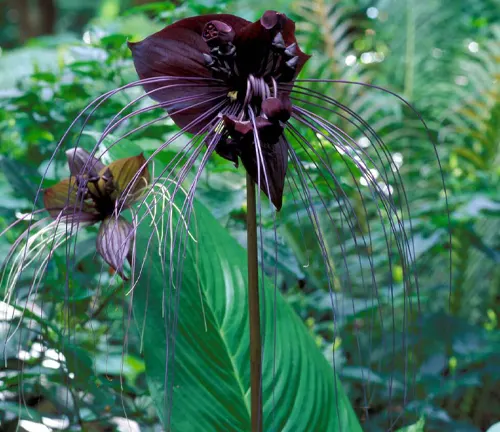
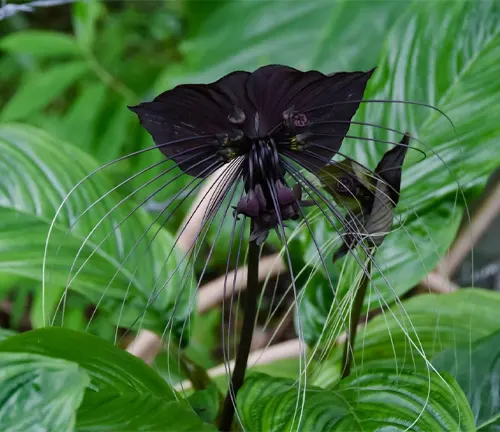
Woodland Elegance
The bat flower feels right at home in the shady areas under the tall trees of tropical forests where it grows naturally. Its presence in these woodlands brings a sense of grace and mystery to the surroundings, enhancing the beauty of the forest floor with its unique and captivating appearance.
Ecological Importance
Although the bat flower may not have a major impact on its ecosystem, it does help increase the variety of plant life in its native areas and offers nectar and pollen for nearby pollinators. By attracting these pollinators, the bat flower indirectly supports the local ecosystem by aiding in the pollination process and contributing to the overall biodiversity of the region.
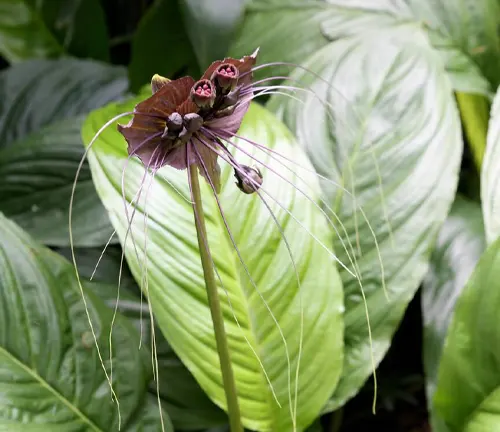

Cultivation and Conservation
People love growing the bat flower because it’s so unique and beautiful, often using it as a decorative plant. But because it’s becoming more popular in gardens, there are worries about its survival in the wild. This has sparked actions to safeguard the places where it naturally grows, ensuring that the bat flower can continue to thrive in its native habitats for generations to come.
Fragrance
The bat flower is not known for having a strong scent, but its visual appeal is so captivating that it doesn’t need one. The plant’s dark petals and unique structure create a striking appearance that makes up for the lack of fragrance. This is a plant that captures attention and adds a touch of exotic charm to any space, even without a noticeable smell.
When you encounter a bat flower, take a moment to appreciate its beauty. The dark petals and delicate strands create a visual spectacle that is truly unique. Whether it’s in a garden, a botanical display, or even a photograph, the bat flower is a plant that captures the imagination and adds a touch of mystery to the world of flora. Enjoy its visual appeal and let it inspire you to explore the many wonders of the natural world.
Soil Stabilization
In its native tropical forests, the bat flower plays a role in keeping the soil stable through its root system. This is important because it helps prevent erosion, which can be a problem in these environments. By growing and spreading its roots, the bat flower contributes to the overall health of the soil and the stability of the ecosystem.
The bat flower’s root system is a key factor in its ability to help stabilize the soil. As the plant grows, its roots spread out and anchor themselves in the ground. This helps to hold the soil together and prevent it from being washed away by rain or other natural forces. By doing this, the bat flower plays a small but important part in maintaining the balance of its ecosystem. This is just one of the ways that plants like the bat flower contribute to the health of the environment.
Common Uses
The bat flower is primarily grown for its ornamental value due to its unique and eye-catching appearance. Its dark petals and delicate strands make it a popular choice for gardeners and plant enthusiasts who want to add a touch of exotic beauty to their spaces.
While the bat flower may not have many practical uses, it still holds a special place in the world of plants. Its striking appearance and ability to thrive in tropical environments make it a fascinating subject for study and appreciation. Whether you’re a gardener, a nature lover, or just someone who appreciates the beauty of the natural world, the bat flower is a plant that is sure to catch your eye and capture your imagination.
Benefits
The main advantage of the bat flower lies in its ability to captivate and intrigue people with its extraordinary appearance. This plant’s unique and striking look makes it a valuable addition to botanical gardens and horticultural collections, where it can inspire wonder and appreciation for the diversity of plant life.
By showcasing the bat flower in botanical gardens and horticultural collections, people can experience the beauty and uniqueness of this plant up close. Its presence not only adds aesthetic value but also educates and sparks curiosity about the wonders of nature. Whether you’re a seasoned botanist or just someone who enjoys the beauty of plants, the bat flower’s ability to captivate and intrigue makes it a valuable asset in botanical settings.
Different Species
Tacca chantrieri (Black Bat Flower)
Most famous for its striking black or deep purple flowers, resembling a bat in flight. It features large, dark bracts and long, whisker-like filaments.
Native Region: Tropical regions of Asia, including Thailand, Malaysia, and southern China.


Tacca integrifolia (White Bat Flower)
Similar in shape to Tacca chantrieri but with white or very light purple flowers. The filaments are also notably shorter.
Native Region: Also native to parts of Asia, this species prefers similar environments to its darker cousin but stands out with its lighter, more ethereal bloom color.
Tacca leontopetaloides (Polynesian Arrowroot)
Differing from the classic “bat flower” appearance, this species is known for its starch-rich tubers and less dramatic flowers. It is an important food crop in some Pacific Islands.
Native Region: Widely spread across the Pacific and Indian Oceans, including parts of Polynesia, Micronesia, and Madagascar.


Tacca palmata
Features large, palmate leaves and flowers that can vary in color from purple to almost black. Not as widely known or cultivated as T. chantrieri.
Native Region: Southeast Asia, where it grows in tropical forests.
Frequently Asked Questions (FAQs)
1. What is a Bat Flower?
The Bat Flower, scientifically known as Tacca chantrieri, is a unique and exotic plant native to Southeast Asia. It’s renowned for its striking appearance, resembling a bat in flight, with dark purple or black flowers and long, whisker-like filaments.
2. Where does the Bat Flower come from?
This plant originates from tropical areas in Southeast Asia, including Thailand, Malaysia, and southern China, where the climate is ideal for its growth.
3. How big can a Bat Flower grow?
A Bat Flower can reach up to 36 inches in height, with its large, glossy, and heart-shaped leaves adding to its dramatic appearance.
4. What makes the Bat Flower unique?
Its flowers are its most distinctive feature, mimicking the shape and color of a bat in flight, complete with bracteoles that resemble wings and long hanging filaments that look like whiskers.
5. How do you propagate a Bat Flower?
Propagation is primarily done through division or seeds. However, it requires patience and care, as the plant can be sensitive to environmental changes.
6. Can the Bat Flower tolerate drought?
No, the Bat Flower has a low drought tolerance and requires consistently moist soil to thrive, reflecting its native tropical habitat.
7. Are there different species of Bat Flowers?
Yes, besides Tacca chantrieri, there are other species like Tacca integrifolia (White Bat Flower) and Tacca leontopetaloides (Polynesian Arrowroot), each with unique characteristics.
8. What are the cultural uses of the Bat Flower?
In its native regions, the Bat Flower has been used in traditional medicine, though it’s primarily grown worldwide for its ornamental value.
9. How does the Bat Flower benefit its ecosystem?
While not a major ecological player, it contributes to biodiversity and attracts specific pollinators like flies, aiding in pollination processes.
10. Is the Bat Flower fragrant?
The Bat Flower is not known for its fragrance. Its appeal lies in its captivating appearance rather than scent, making it a visually striking addition to any garden or indoor space.


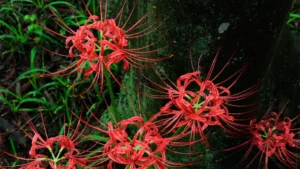
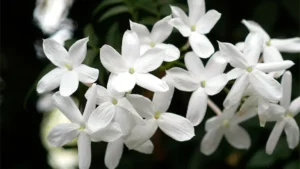
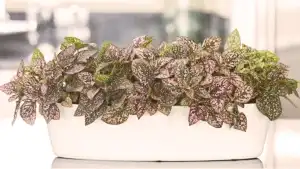
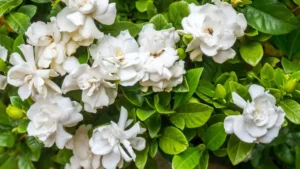
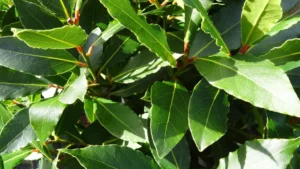
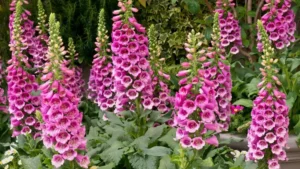
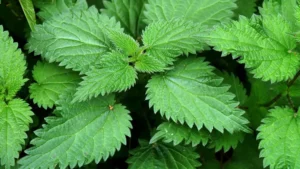
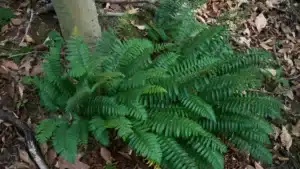

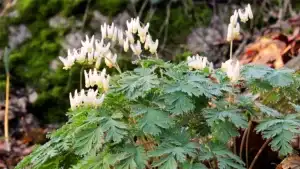
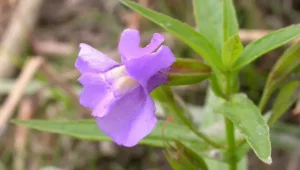
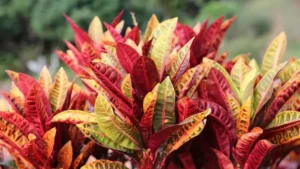
Leave your comment